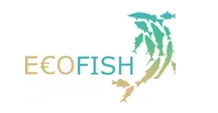Quick Access
24th COMESA SUMMIT: Click here
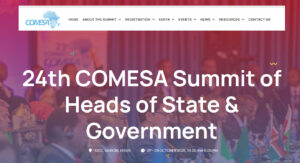
Latest News
AU – COMESA – IGAD Election Observation Mission Deployed to the 15 January Uganda Elections
The African Union (AU), the Common Market for Eastern and Southern Africa (COMESA) and the Inter-Governmental Authority on Development (IGAD) announce the arrival in Uganda of the election observation mission[…]
Read moreKenya Exists COMESA Sugar Safeguard After 24 Years, Confident to Compete
The Government of Kenya has formally exited the COMESA Sugar Safeguard regime after 24 years, marking a decisive and confident transition for the country’s sugar industry. The safeguard, which lapsed[…]
Read moreEnergy Policy and Regulatory Specialist – ASCENT Programme
The role of the Energy Policy and Regulatory Specialist will be to provide specialized policy and regulatory expertise to support the implementation of the project components under the COMESA Regional[…]
Read moreTechnical Consultancy on Development of Least-Cost, Digital Infrastructure Planning and Financing Models for Connectivity Expansion in Eastern and Southern Africa
The Common Market for Eastern and Southern Africa (COMESA) has received a grant from the World Bank for the cost of Inclusive Digitalization for Eastern and Southern Africa (IDEA) and[…]
Read moreOverview of COMESA
The history of COMESA began in December 1994 when it was formed to replace the Preferential Trade Area (PTA) which had existed from the earlier days of 1981. COMESA (as defined by its Treaty) was established…
LEARN MORE
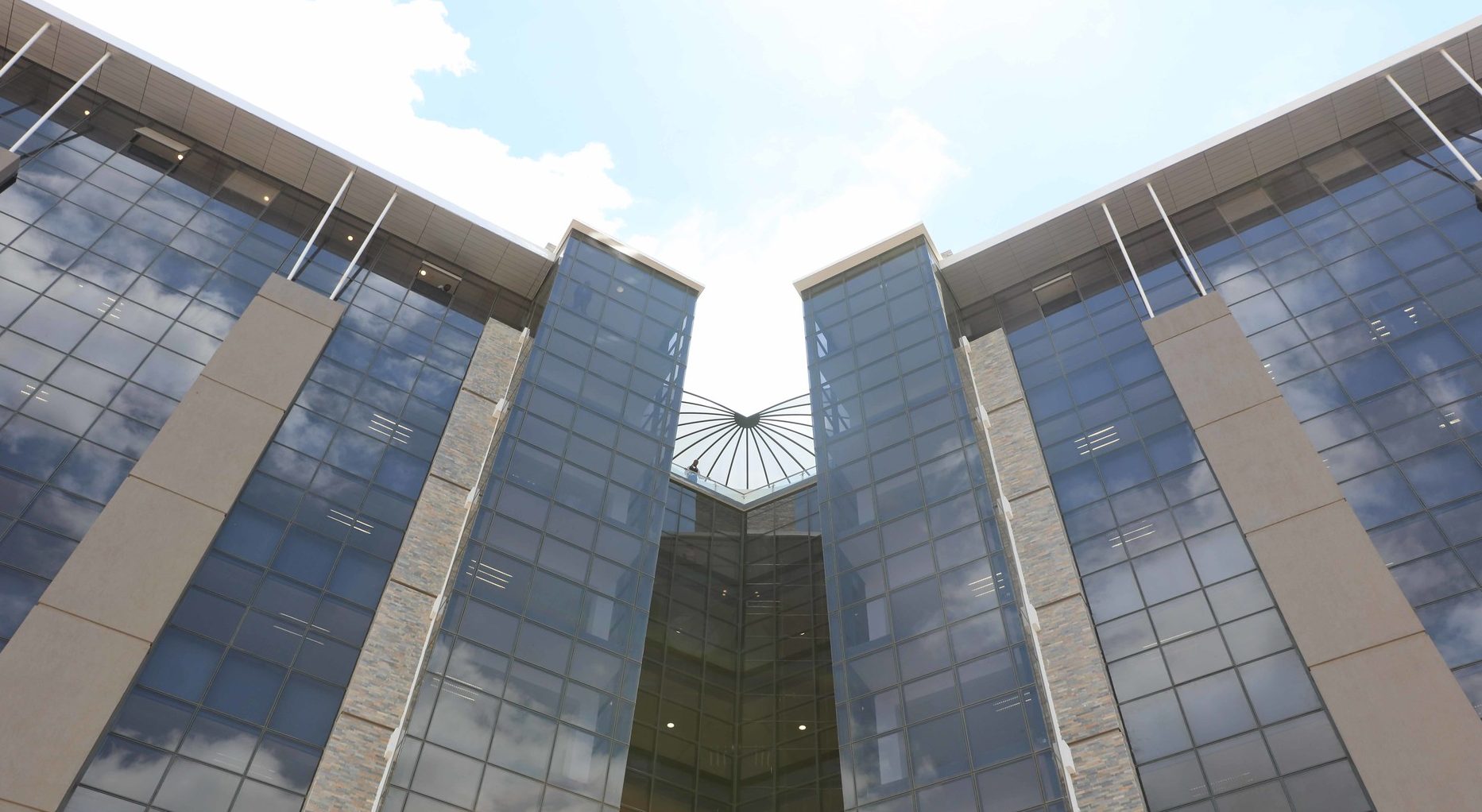
COMESA INSTITUTIONS
An integral component of the COMESA success narrative has been its institutions. These are needs-based and respond to very specific niches in the region. In addition to providing expertise in specific areas, the institutions are involved in skills development and extensive market research that allows them to link evidence to their decision-making processes. To support the integration program, COMESA has established financial institutions to provide not just the much needed credit (the Trade and Development Bank), but also to provide insurance for non-commercial risks (the African Trade Insurance Agency), re-insurance (ZEP-Re (PTA) Reinsurance Company) and to facilitate international payments (the Regional Payment and Settlement System), and to underpin competition in the region (the COMESA Competition Commission).
LEARN MOREOur Programmes
The Common Market for Eastern and Southern Africa (COMESA) comprises 21 African Member States that came together with the aim of promoting regional integration through trade and the development of natural and human resources for the mutual benefit of all people in the region.
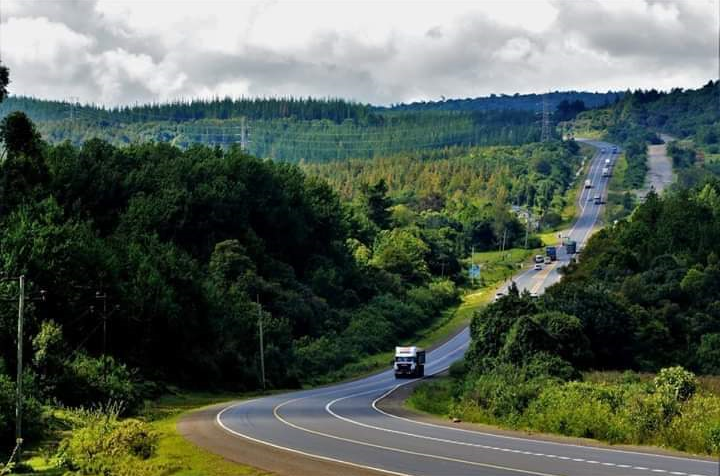
Infrastructure Development
COMESA has recognized infrastructure development as a priority and strategic focus area that requires…
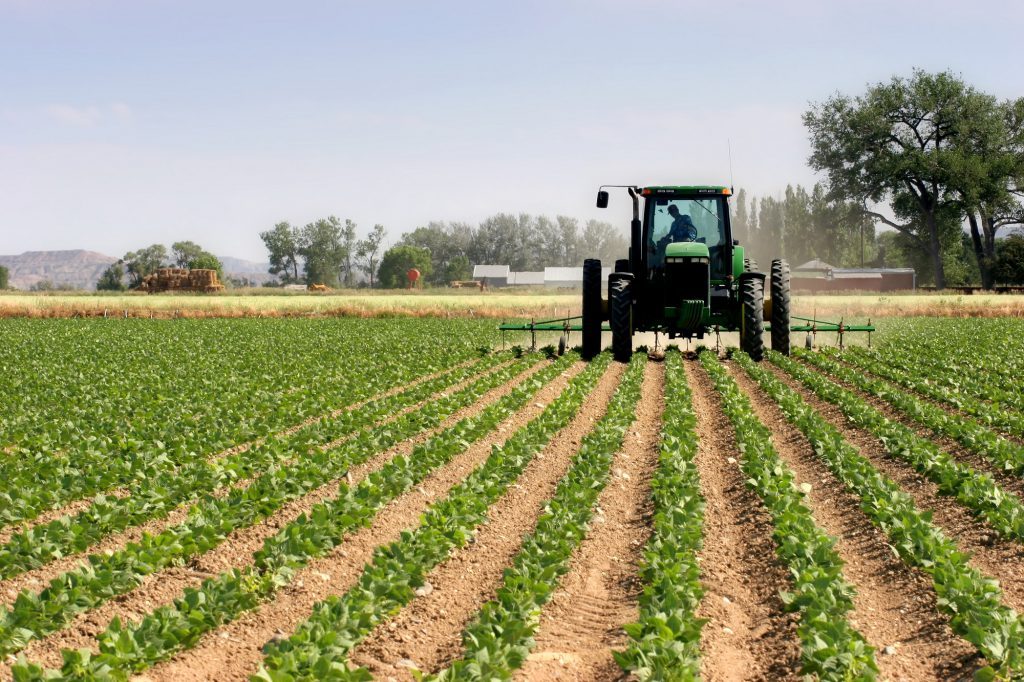
Agriculture, Industry & Private Sector Development
The Mandate of the Industry and Agriculture Division is to promote development of….

Trade & Customs Services
The main function of the division is to implement programmes to enhance cooperation in Trade…
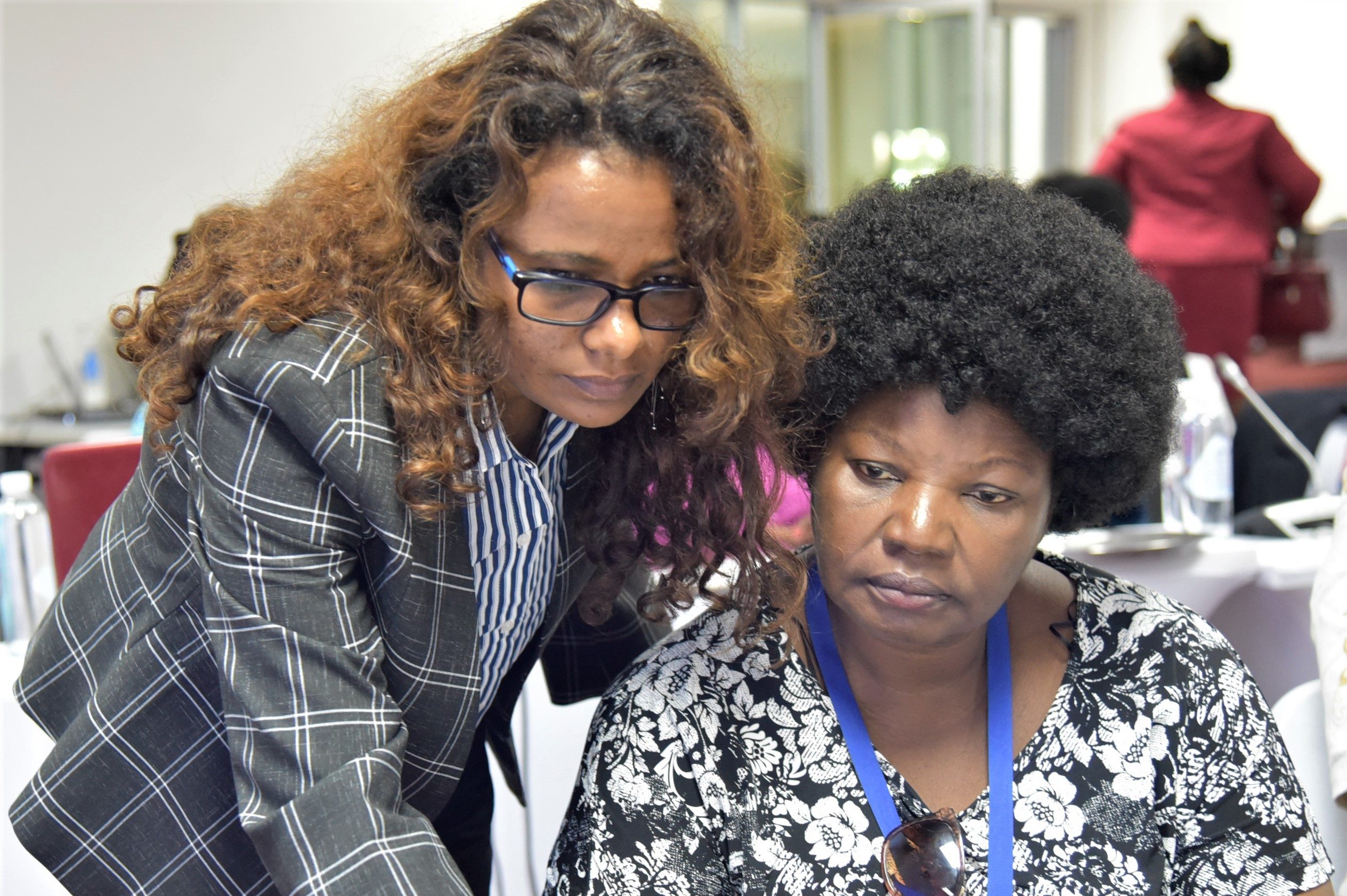
Gender & Social Affairs
The Gender and Social Affairs Division in the COMESA Secretariat exists to promote and provide leadership…..
COMESA, Briefly
A documentary on the key milestones and achievements in the COMESA regional integration agenda, focusing on four strategic pillars: market integration, physical connectivity, productive integration and gender and social integration.


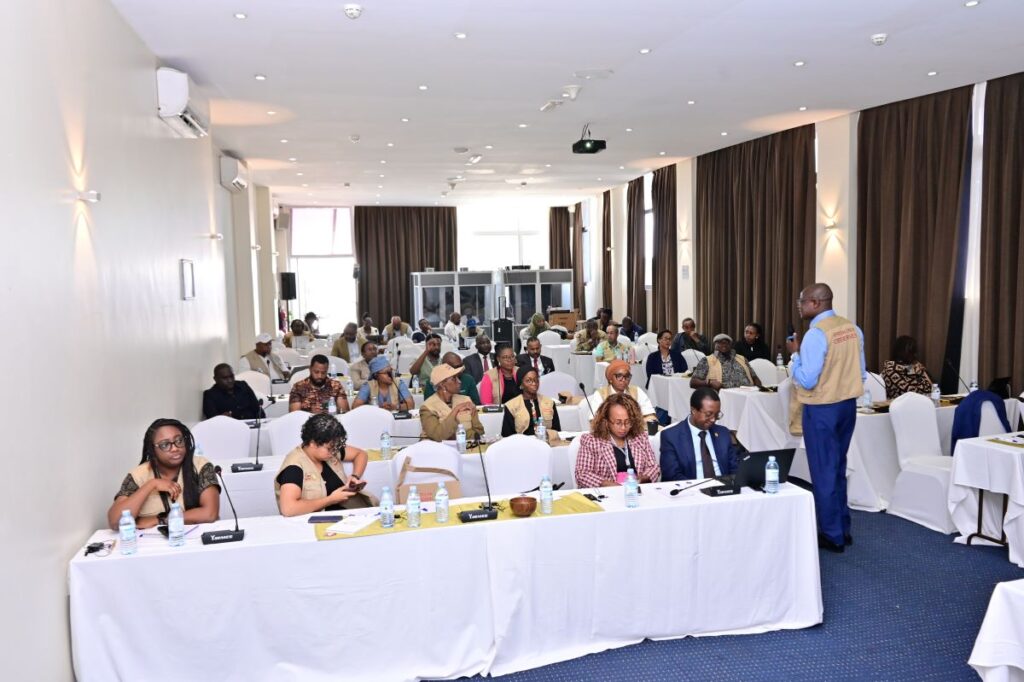

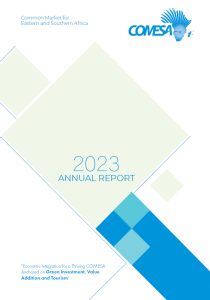 LATEST PUBLICATIONS
LATEST PUBLICATIONS
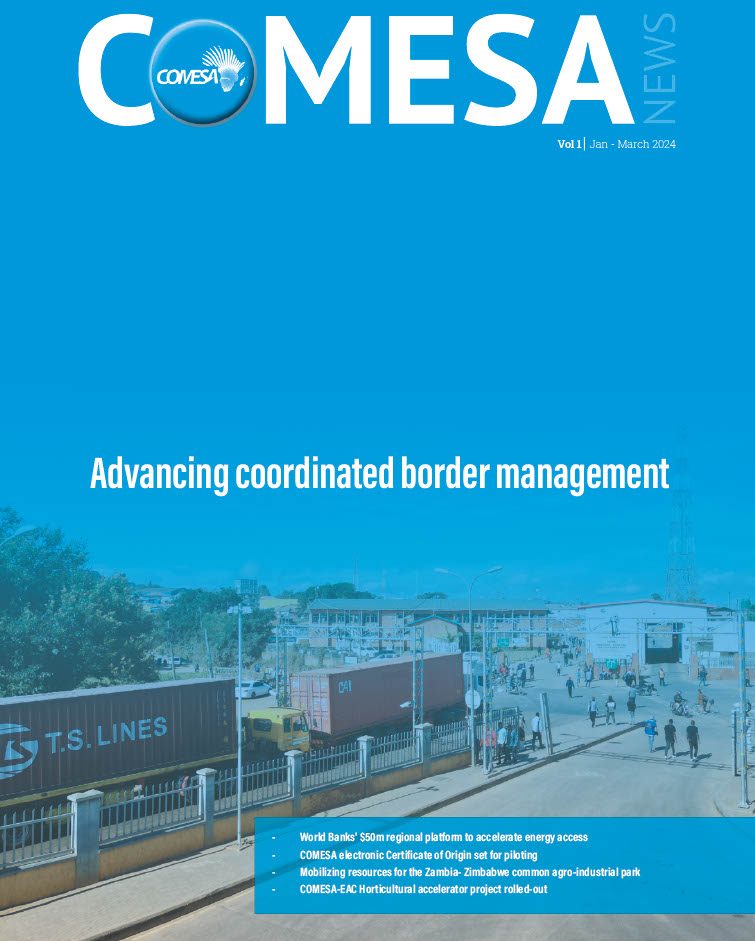
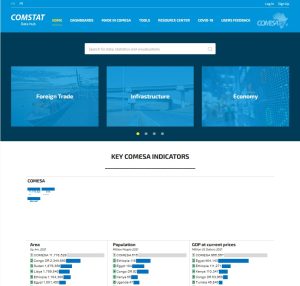 COMSTAT DATA HUB
COMSTAT DATA HUB




